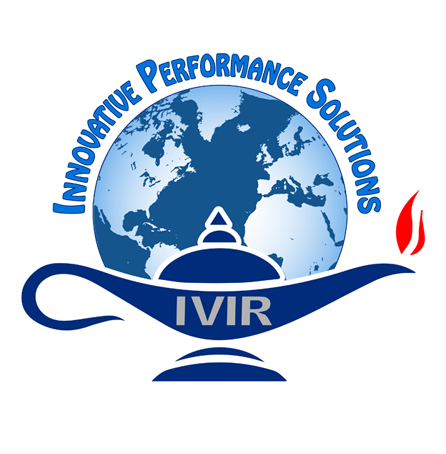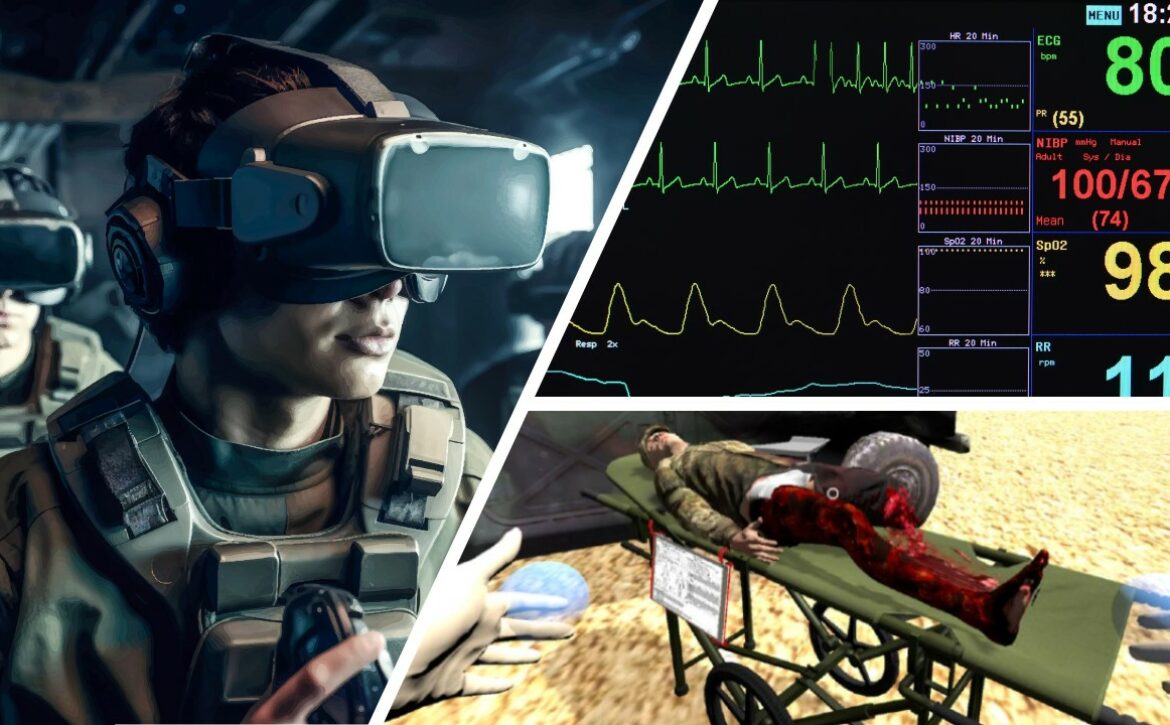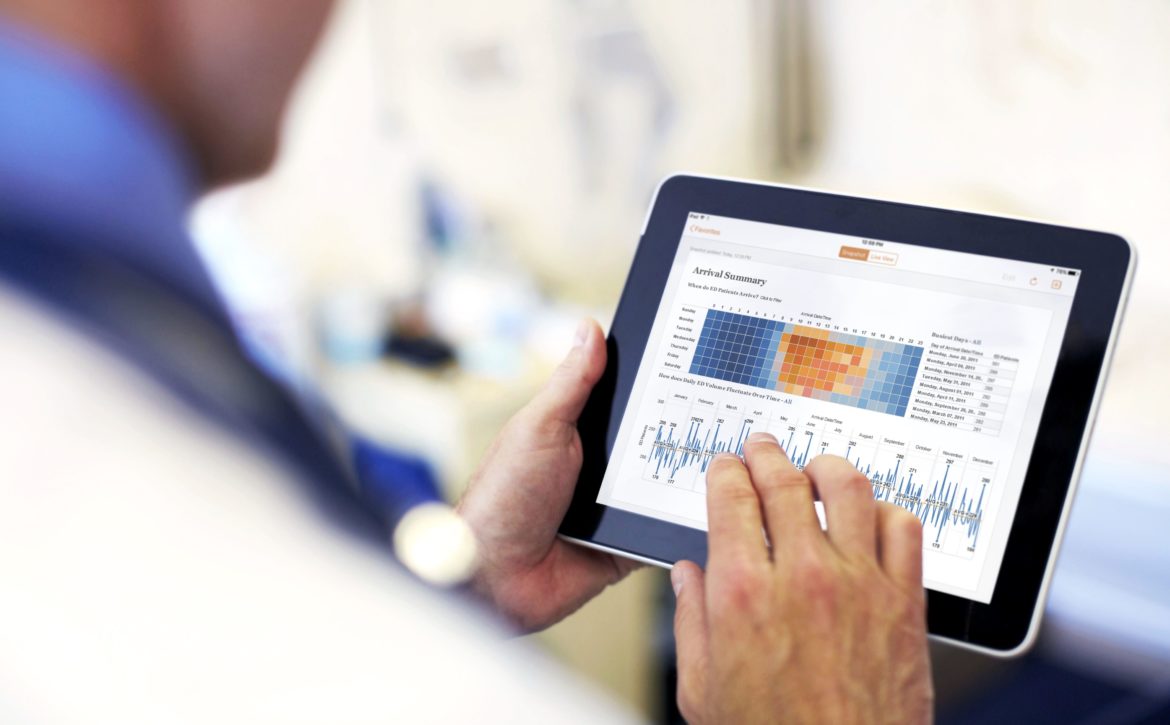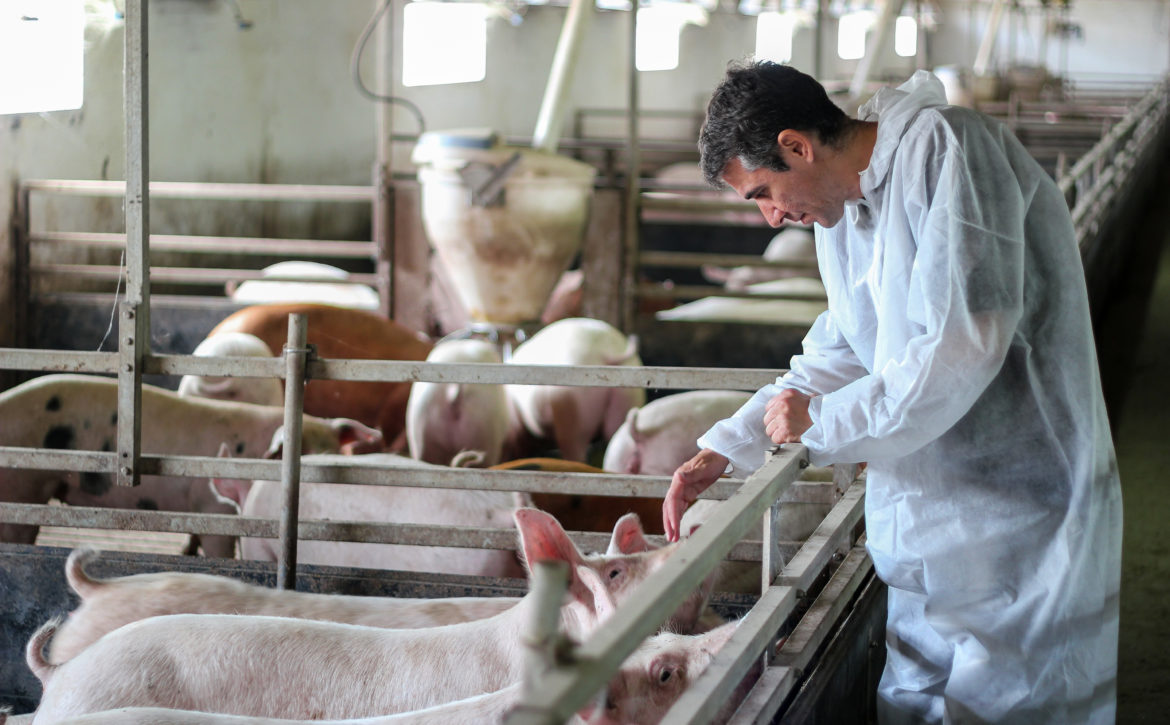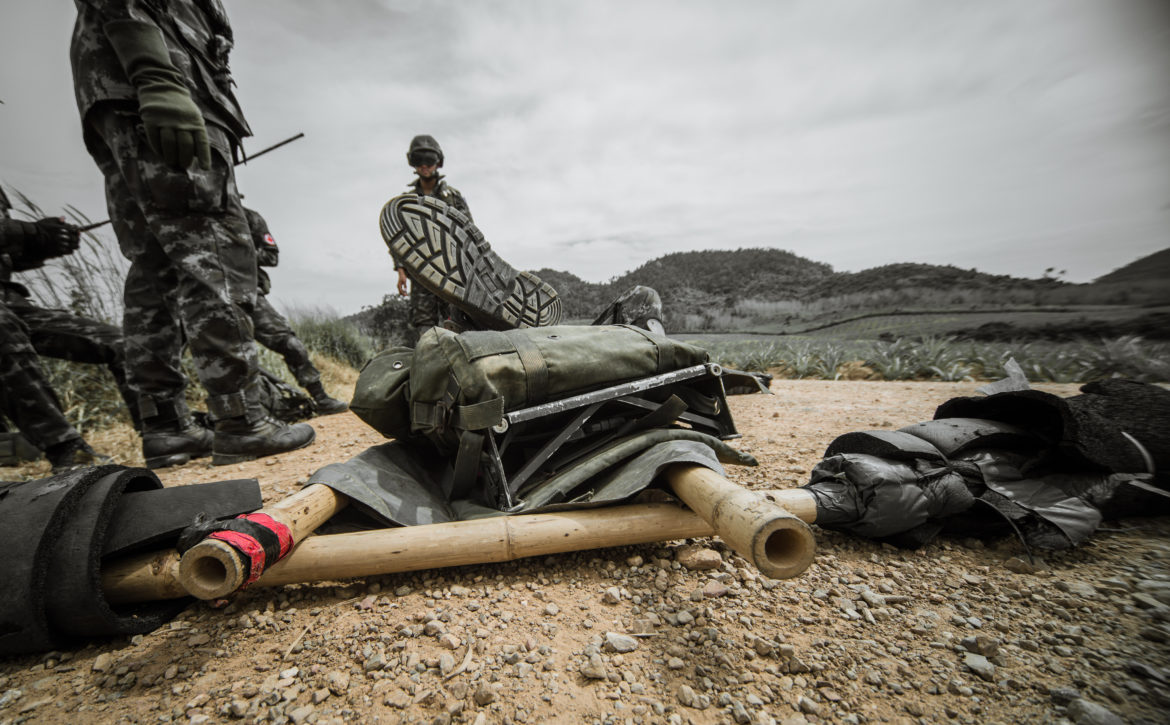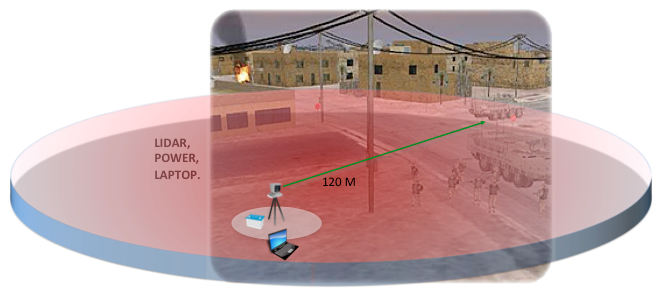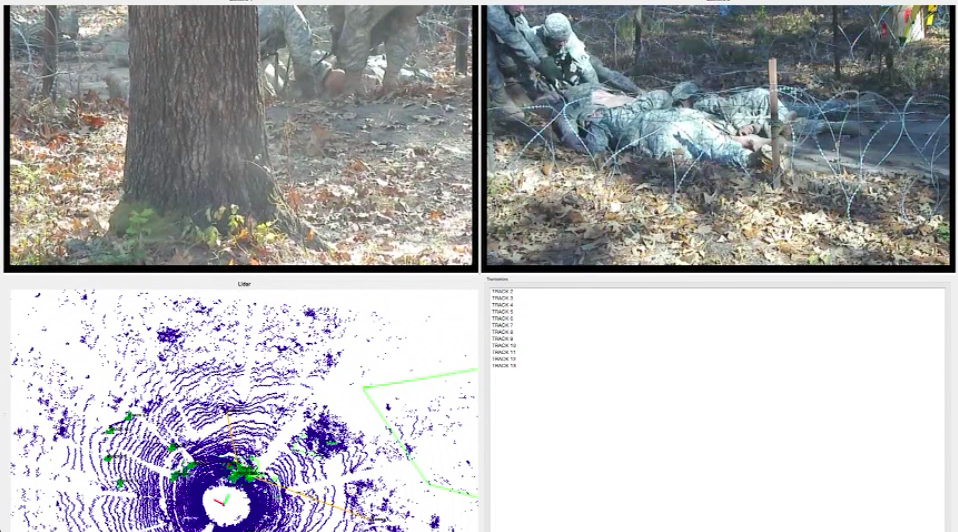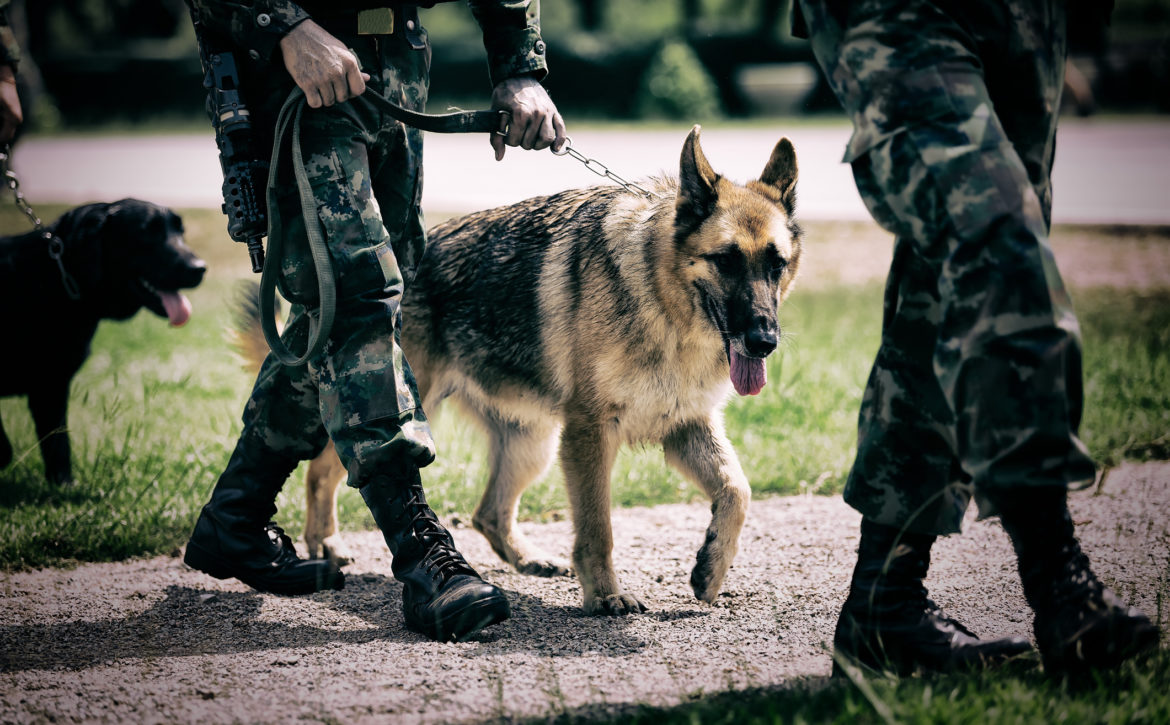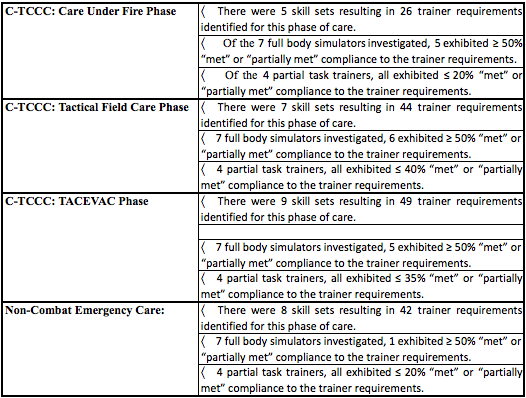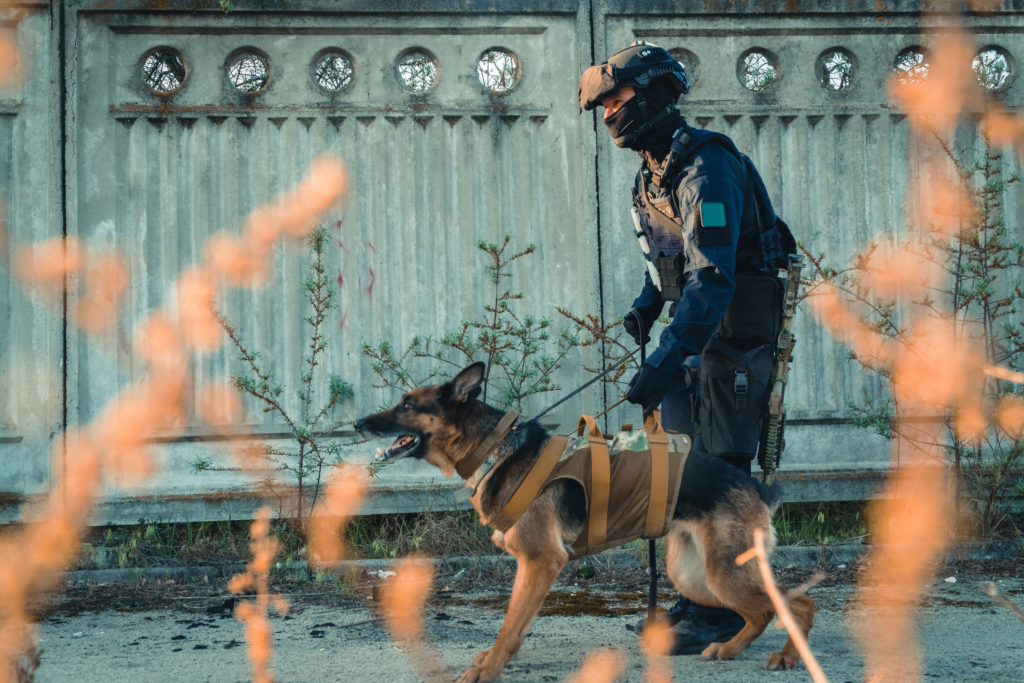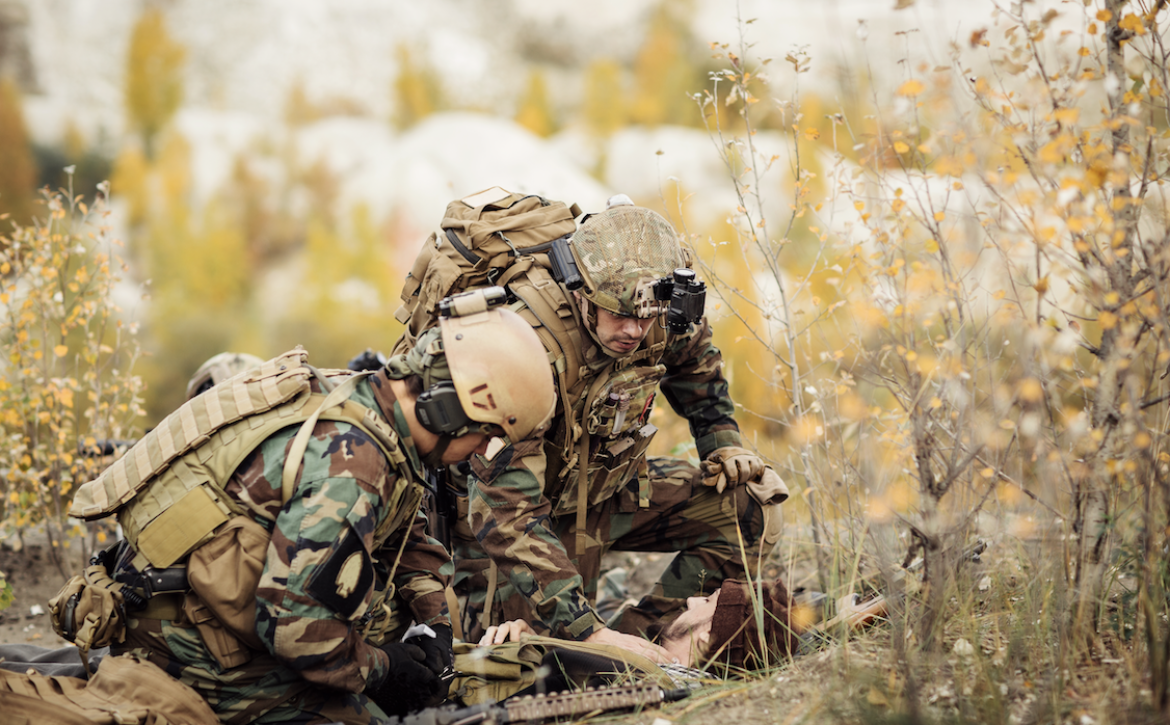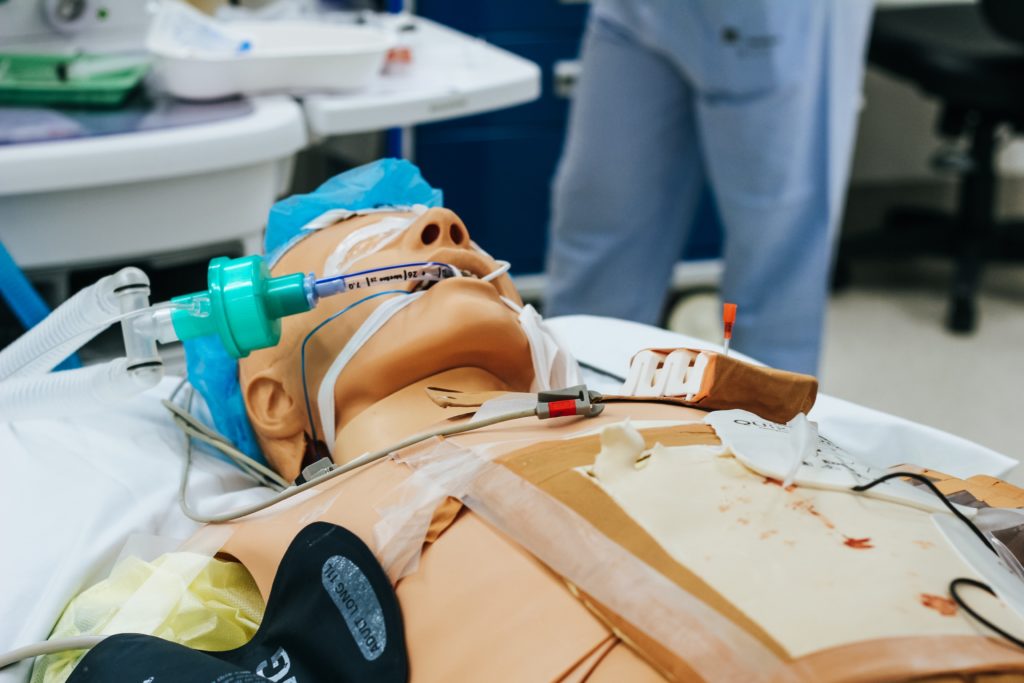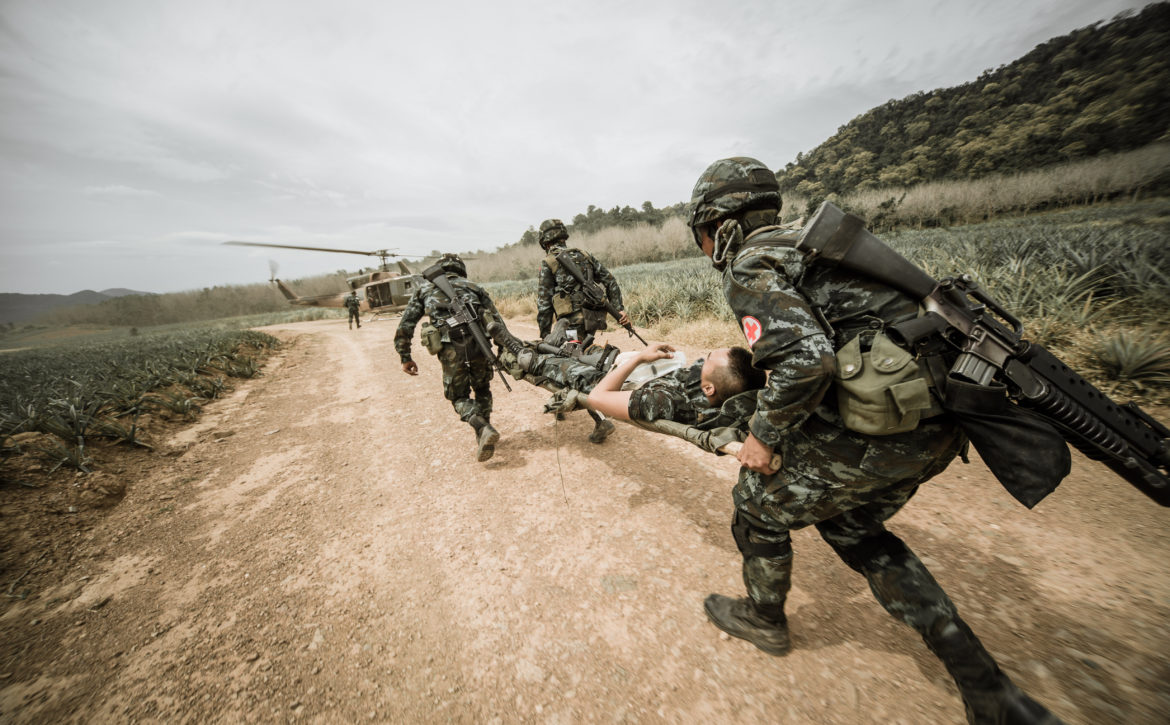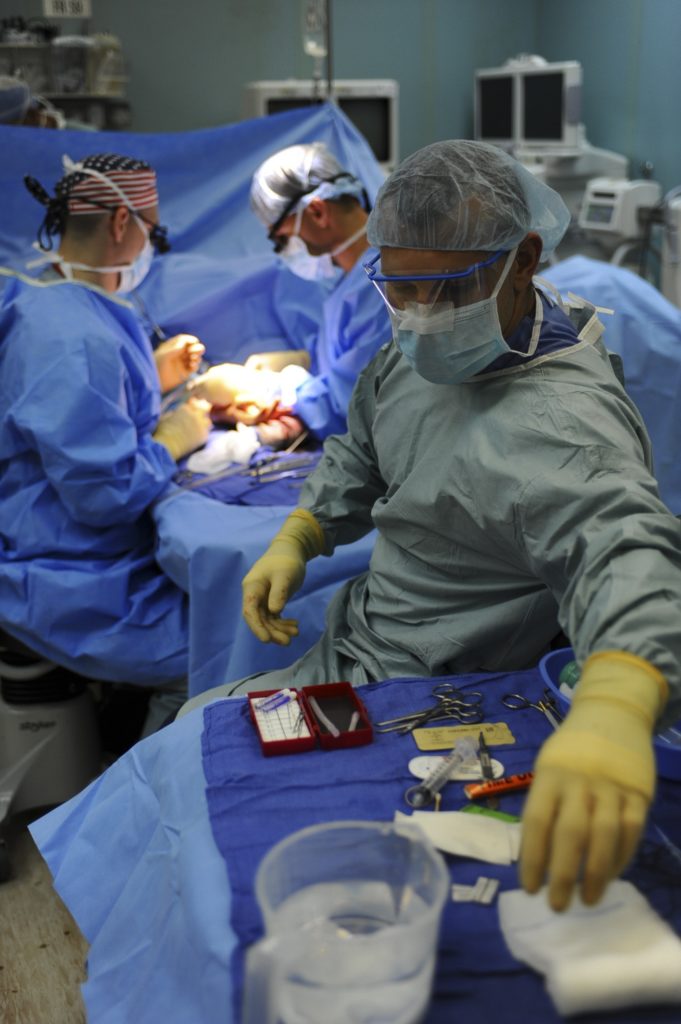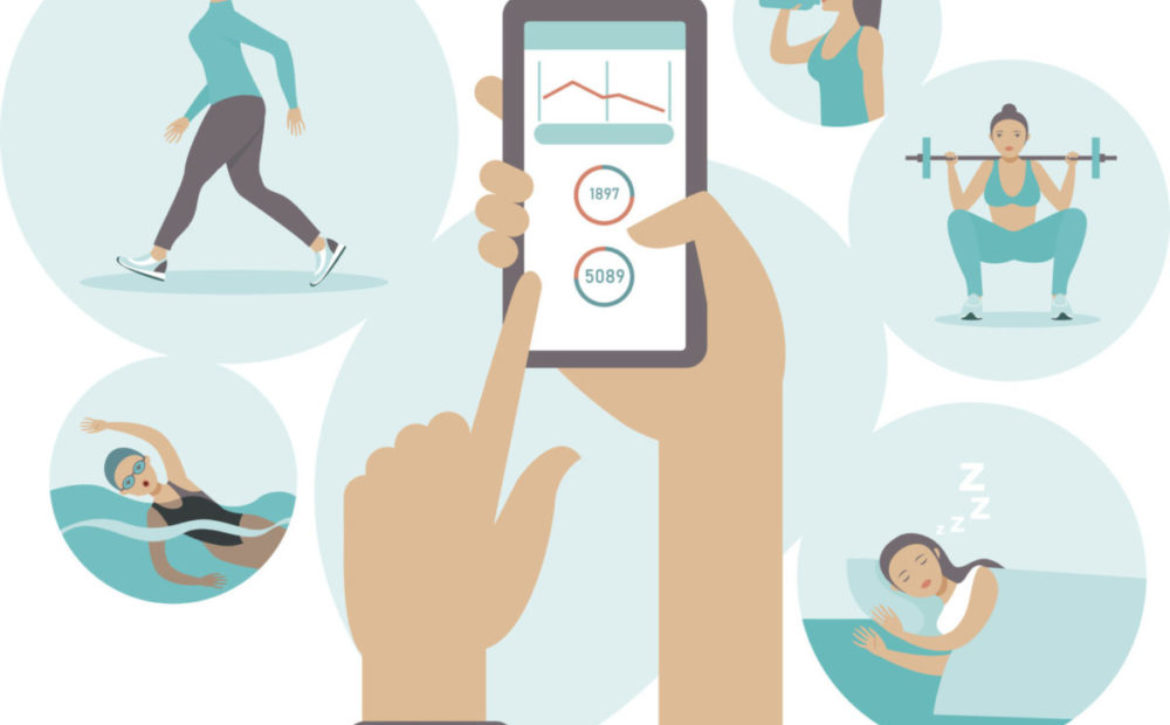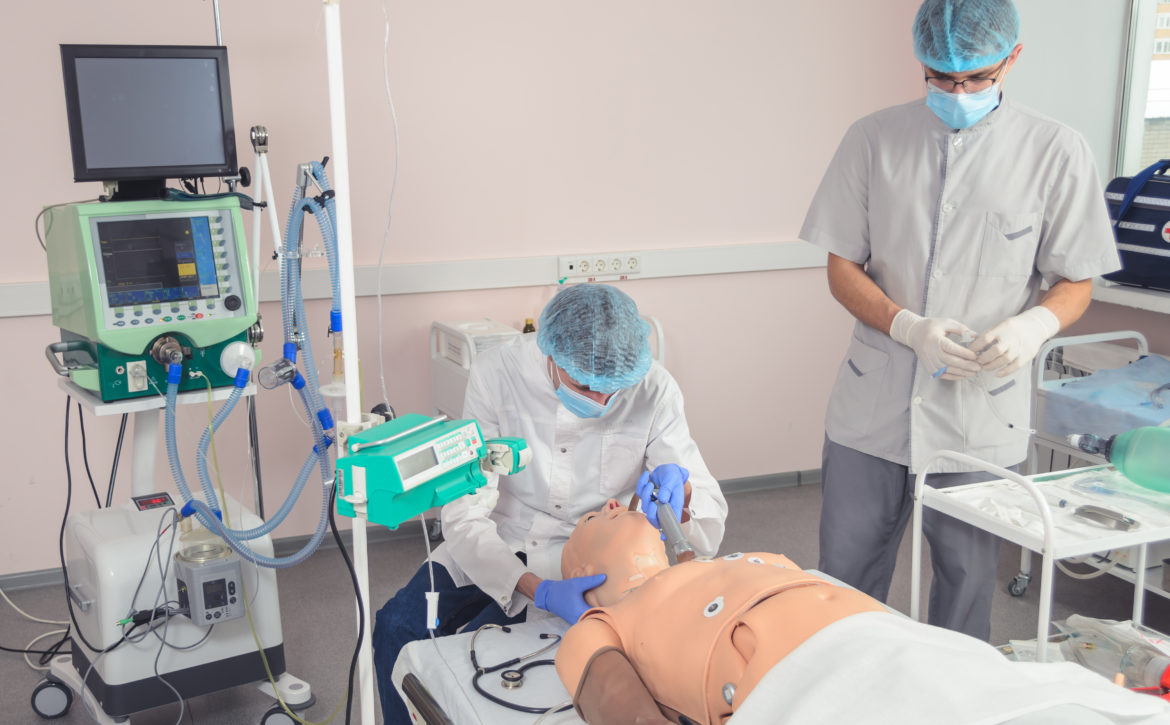In Phase III, this limited REST API was replaced with a comprehensive GraphQL API as part of the JETS Developer Package. The Trauma Simulator system provides two operational interfaces for the user: a full VR interface, and a standard keyboard and mouse interface on a laptop. Both interfaces were tested, and both are undergoing continuous improvements based on user feedback.
A core feature of the system was to provide time scale adjustment to support running a prolonged care scenario of 96 hours within a shorter real time period. The JETS federation and the individual systems all support this feature and HumMod was able to achieve greater than 60x real time speed for the simulated patient time.
Option 3: IVIR completed the JETS Developer Package. This is a software package that can directly join a JETS federation and provides a GraphQL API for third party vendors to access the federation, without requiring direct HLA integration. Keep in mind the API does not function by itself as it requires a JETS federation on one side, and a vendor connected to the API on another side to communicate. A JETS TestTool application was also created to act as a black box to publish and subscribe to all federation data assisting with integration.
